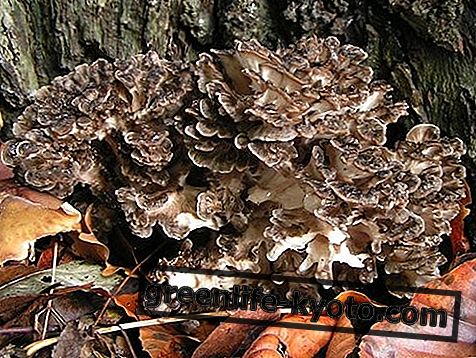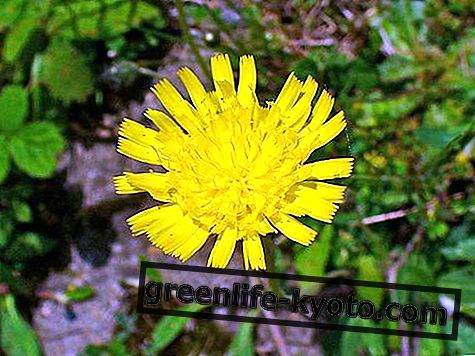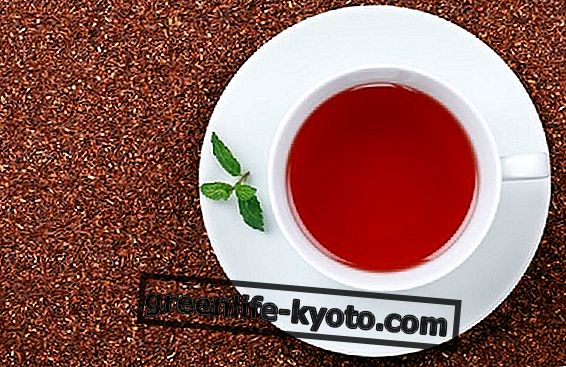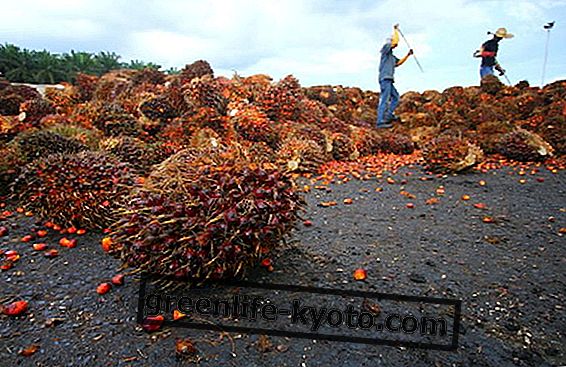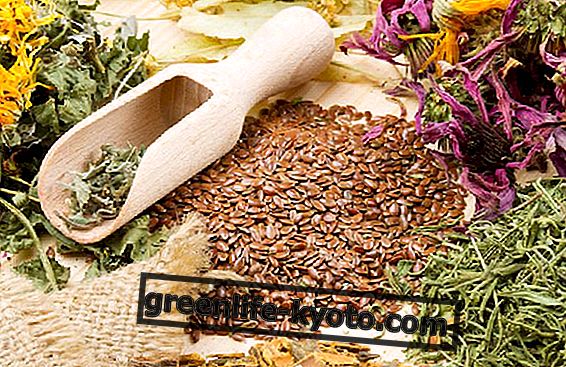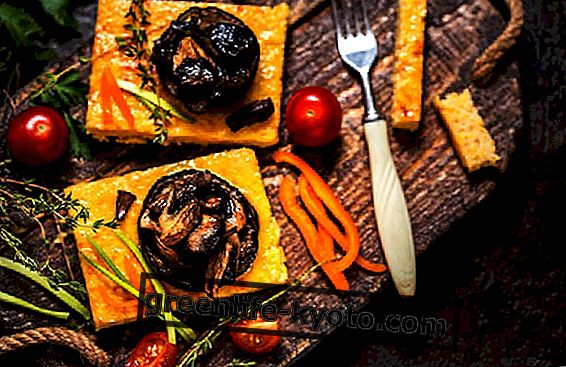
Natural anti-inflammatories are herbs and medicinal plants capable of intervening on the mechanisms and causes that cause inflammation of the tissues, whether these bone tissues, blood vessels or skin tissues.
What is inflammation
Inflammation or inflammation is an innate non-specific defense mechanism, which constitutes a protective response to the harmful action of physical agents (trauma, heat), chemicals (acids etc.), toxic agents and biological agents (bacteria, viruses etc.), whose final objective is the elimination of the initial cause of cellular or tissue damage.
When a damaging agent attacks the tissues it causes an intense vascular reaction, which has the function of destroying and confining this agent, but at the same time sets in motion a series of mechanisms that favor the repair or replacement of the damaged tissue.
The elementary phenomena, which constitute the inflammatory response, include vasodilation and increased permeability, which cause a transfer of fluids from the vascular bed to the injured tissue ( edema ) and the leukocyte infiltration into the lesion area.
The manifestation of tissue changes that an inflamed tissue undergoes consists of: redness due to increased blood in the area ( rubor); swelling due to edema ( tumor ); temperature increase ( calor ); pain due to local biochemical alterations ( dolor ); inhibition of the functionality of the affected area (especially if it is a joint) due to pain and imbalances induced by inflammation (eg edema) on the integrity of inflamed structures ( functio laesa ).
We see some natural anti-inflammatories.
Intestine on fire? Domalo with natural anti-inflammatories
Natural anti-inflammatories
Speaking of natural anti-inflammatories it is important to remember the lack of side effects that the chemical can cause. Furthermore, the plant's phytocomplex action is different from that of the single active ingredient.
In fact, while the synthetic anti-inflammatory is more immediate as an effect, but its action lasts only a few hours, the plants are perhaps slower in explicating their benefit, but certainly their effects are more lasting, even considering the fact that they can be taken for longer periods, without contraindications.
- Devil's claw: particularly active especially in situations that cause pain and inflammation, such as tendinitis, osteoatritis, rheumatoid arthritis, back pain, cervical headaches, bruises, sciatica, arthritis , arthrosis . The secondary roots of the devil 's claw contain the harpagosides considered responsible for the analgesic and anti-inflammatory effects on the osteo-articular system .
- Pineapple: the pulp and the stem represent the elective remedy in the treatment of all localized inflammatory states, also thanks to the absolute absence of toxicity and the great therapeutic efficacy. Bromelain, in fact, exerts a decongestant action on the circulatory and lymphatic system, stimulating the drainage of the inflammatory focus and the reabsorption of the hemorrhagic effusion. For this property it is used in the treatment of inflammatory processes, especially in the case of edema, cellulite, reduced skin trophism, hematoma, acute post-operative and post-traumatic tumefactions, muscular, articular and venous insufficiency traumas.
- Spirea: plays an anti-inflammatory, analgesic and antipyretic action, because it inhibits the synthesis of prostaglandins (PGE2), responsible for the pain and inflammation of the tissues. It is therefore used in case of fever and in all colds; to relieve pain caused by arthrosis, rheumatoid arthritis, joint pain, toothache, back and cervical pain. However, unlike synthetic anti-inflammatory drugs, the spirea has no ulcerogenic action (gastritis, ulcer), a side effect of this category of drugs. The presence of mucilages, in fact, gives the spirea a protective action for the mucous membranes, able to reduce the spasms and erosive processes of the gastric walls.
- Mallow: it has emollient and anti-inflammatory properties for all the soft tissues of the body, thanks to the mucilage of which the flowers are rich and in particular the leaves. These active ingredients act by coating the mucous membranes with a viscous layer protecting them from irritating agents. For this reason it is used against cough in the catarrhal forms of the upper airways; to hydrate and burn the intestine .
- Aloe vera: in the form of gel or aloe vera juice, it helps with osteoarticular problems, such as arthritis, rheumatism and joint pain and intestinal disorders such as gastritis, colitis, irritable bowel, ulcer, and for any inflammation of the mucous membranes.
In addition to these plants, many foods that help fight inflammation can be integrated into the diet.
Discover Corydalis, the plant against chronic pain
Video by Deabyday.tv

